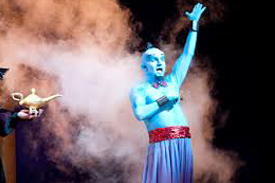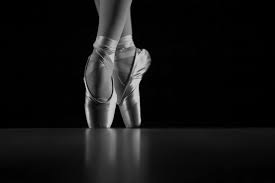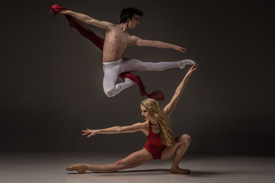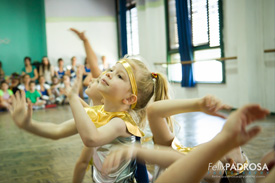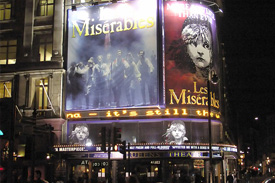 Nottingham Playhouse recently pledged to provide more career opportunities for local people from disadvantaged backgrounds in order to explore how access to careers in the theatre industry can be widened to include more young people from the local area. The 12-month agreement will see a partnership between the Nottingham Playhouse and Nottingham Trent University, in which the theatre venue will create more than 25 work experience placements linked to courses at the university, such as marketing, events management and journalism.
Nottingham Playhouse recently pledged to provide more career opportunities for local people from disadvantaged backgrounds in order to explore how access to careers in the theatre industry can be widened to include more young people from the local area. The 12-month agreement will see a partnership between the Nottingham Playhouse and Nottingham Trent University, in which the theatre venue will create more than 25 work experience placements linked to courses at the university, such as marketing, events management and journalism.
The initiative aims to provide a platform for disadvantaged young people from the local area who are looking to pursue careers in the theatre industry, using the work experience placements to increase their employability by providing a better start in their careers. The agreement will also equally enhance Nottingham Trent University’s curriculum by providing students from various disciplines with excellent work experience opportunities. As a result the scheme will enable them to apply their skills in a live, working environment, also adding value to the current culture of Nottingham.
Nottingham Playhouse has been quick to remind the industry that as a venue it has employed the university’s graduates from Nottingham Trent for many years. The recent change in outlook will mean Nottingham Playhouse and Nottingham Trent University will now be focusing more closely on people from backgrounds that may not have previously considered a career in the arts. This encouragement aims to see other talented individuals take this path and benefit from it. More people will get access to first-rate training and work experience, and students at the university will also monitor the energy efficiency of the venue and propose energy-reducing measures. In 2014, the venue was awarded £230,000 towards improving energy efficiency so this partnership is thought to see further reductions.

